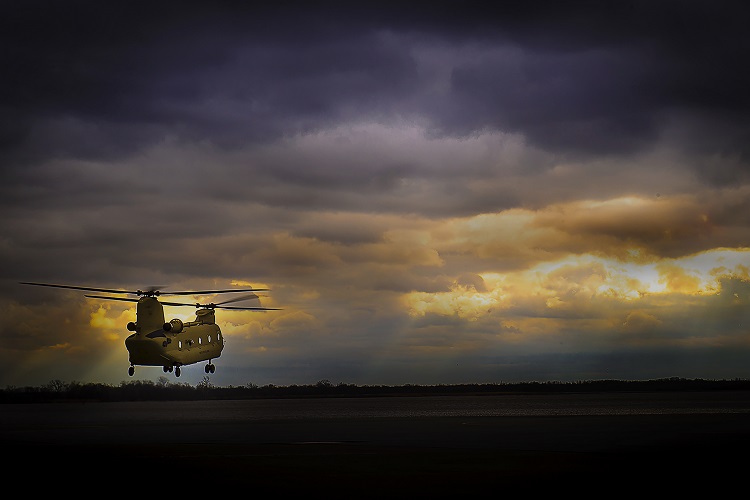Sikorsky-Boeing SB>1 DEFIANT Helicopter Achieves 1st Flight
WEST PALM BEACH, Fla., March 21, 2019 – The Sikorsky-Boeing SB>1 DEFIANT™ helicopter achieved first flight today at Sikorsky’s West Palm Beach, Fla., site. This revolutionary aircraft, developed by Sikorsky, a Lockheed Martin Company [NYSE:…

